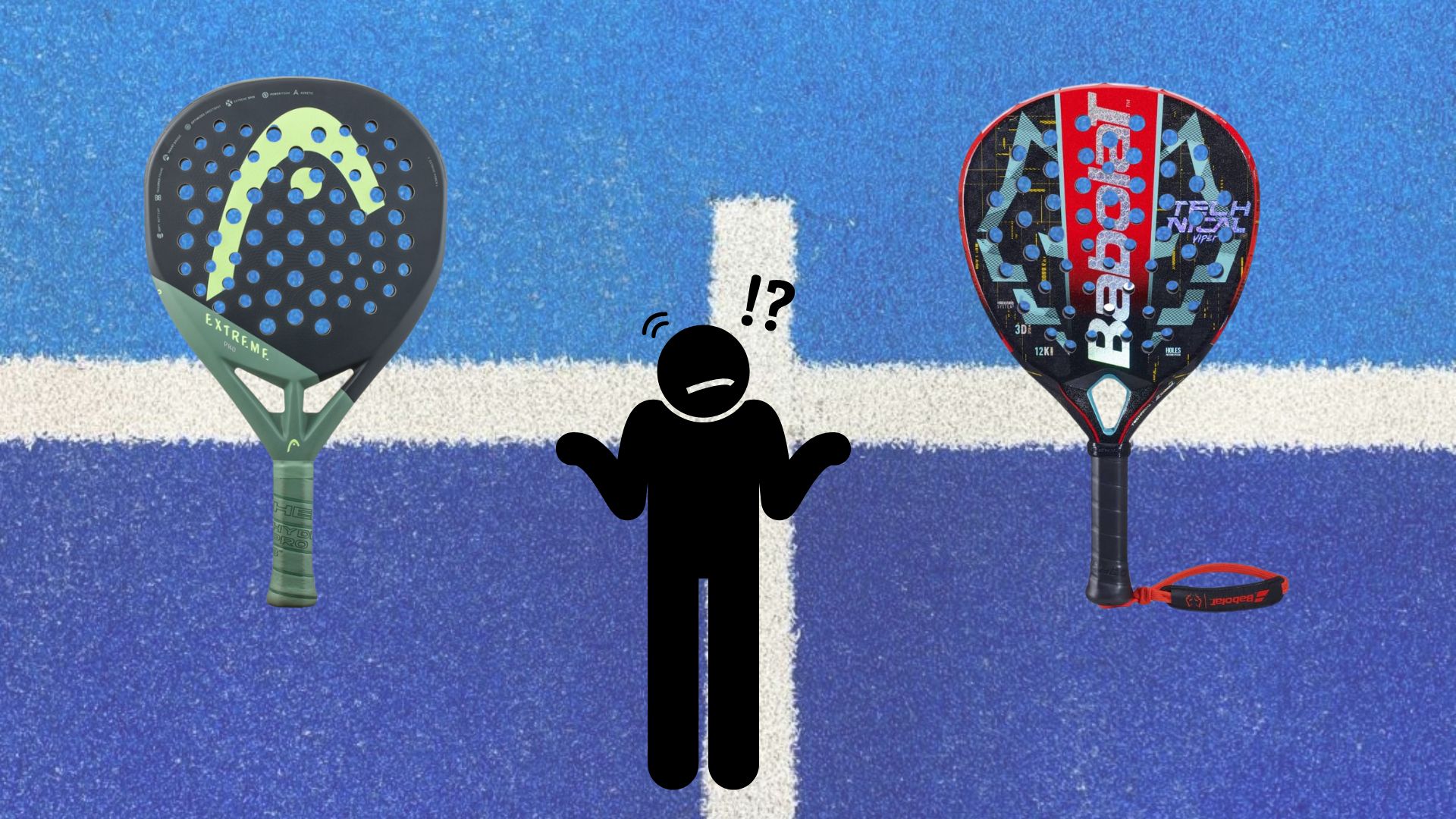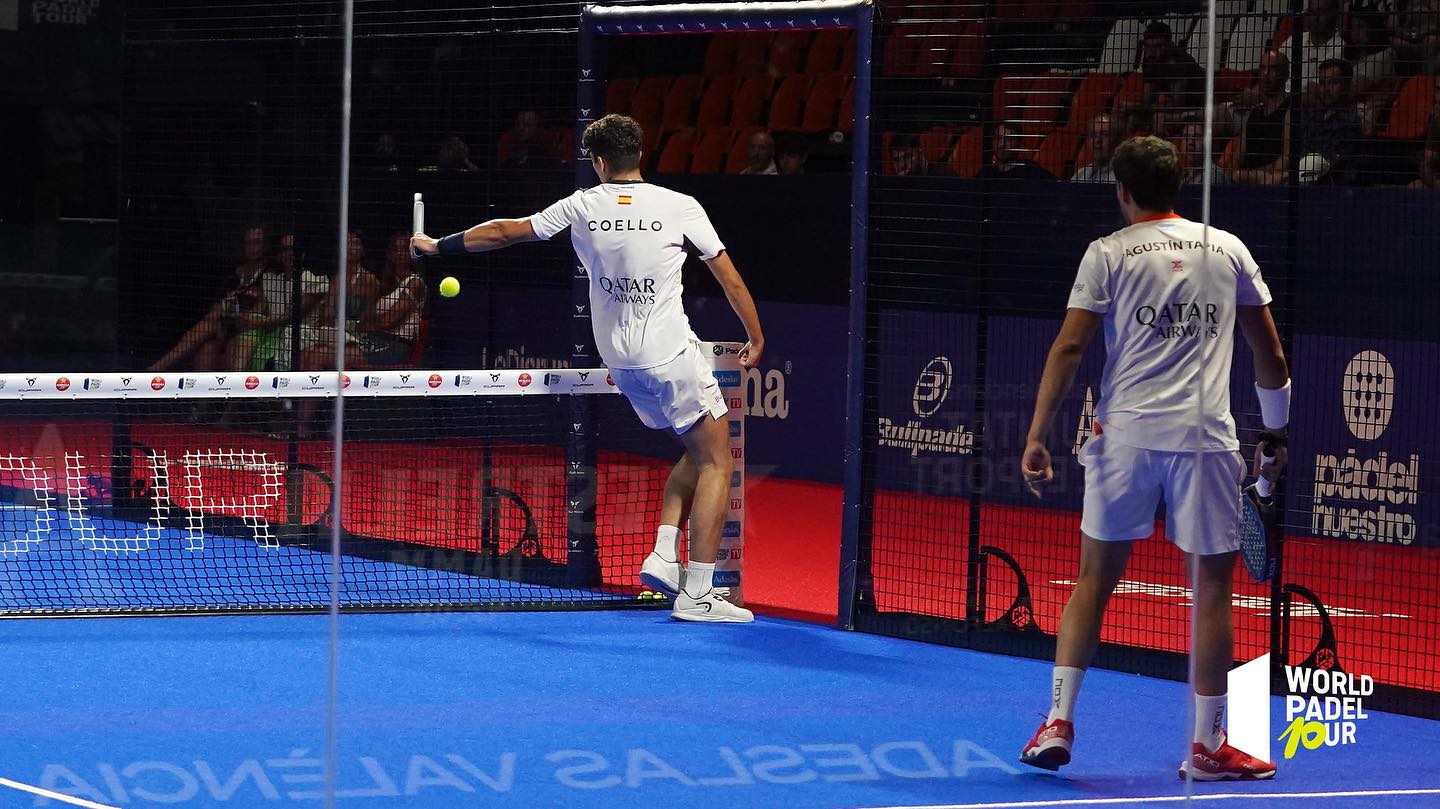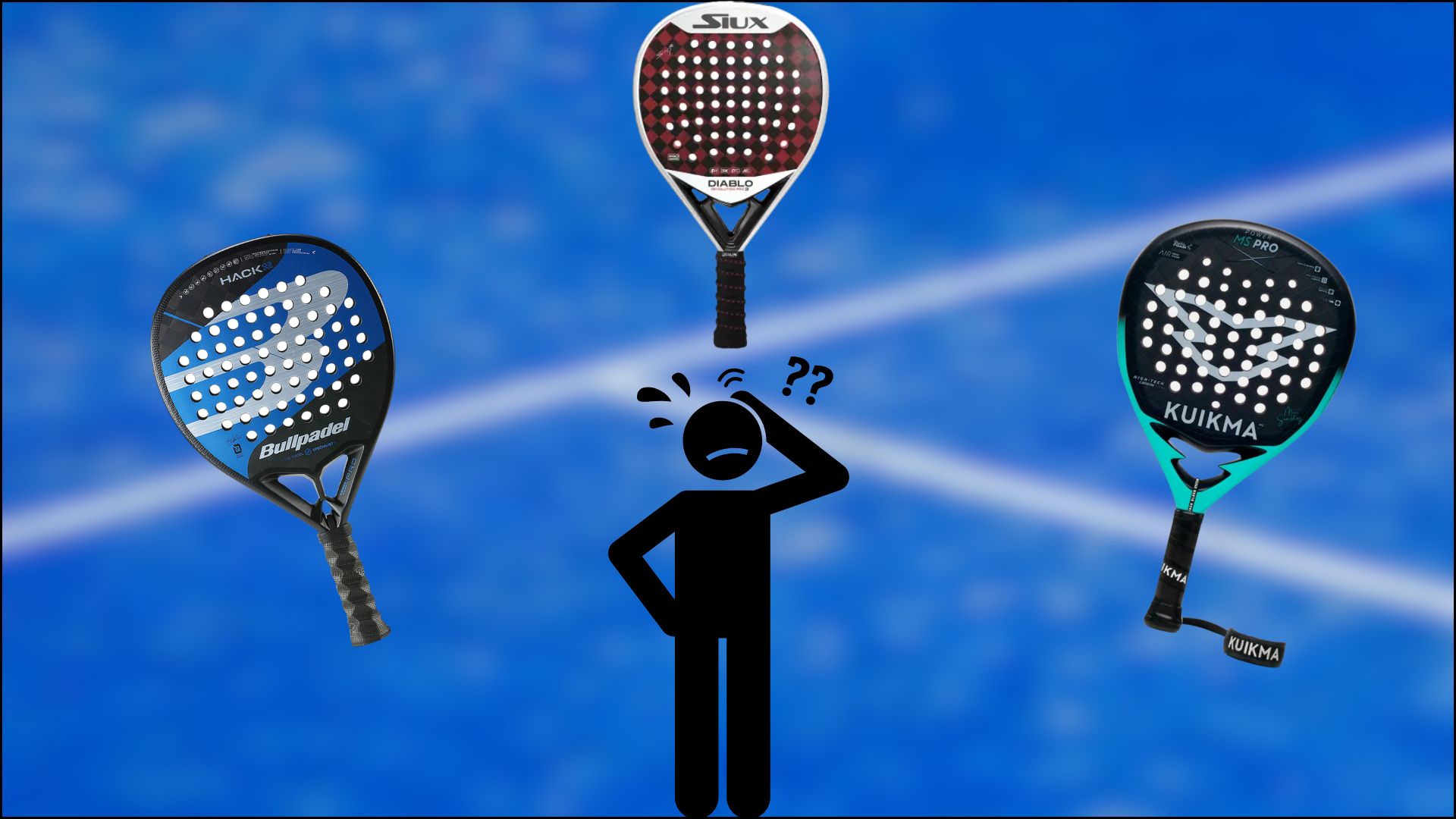Le Classification of Padel is a "sliding" classification, which takes into account, for each player, his 10 best results obtained in the past 12 months.
Classification methods padel
Of course, if a player does not total no more of 10 results in the last 12 months, its results are added together.
The Ranking of Padel is computerized and published every Monday following the 15th of the month. It takes into account tournaments with an end date within the last 12 months.
Example: classification November 2019, was published on Monday 18 Novembre, and took into account the results recorded during tournaments with an end date between 1er November 2018 and 31 October 2019.
There are two classifications of Padel, a male classification and a female classification.
Given the possibility for women to participate in some men's competitions, there is no mixed classification.
All the mixed events that took place in 2019 will impact the women's and men's rankings as of February 2020.
Classification padel One-to-one
The classification of Padel is individual. This is a row from 1 to N.
To calculate the weight of a pair, you must add the rankings (rankings) of the 2 players. We must add the rankings and not the total points of each player.
Unrated player Padel will have a ranking equal to the last player in the French ranking + 1.
Example : if the last ranked player is N ° 7.500, a pair composed of two Unclassified players will have a weight equivalent to 7.501 + 7.501 = 15.002
An unranked player Padel will have a Ladies classification equal to the last player of the French classification + 1; and a men's ranking equal to the last player in the French ranking + 1 + 6000 (cf. equivalence rules III.1)
So the lower the weight of the pair, the stronger the team.
In the event of a tie, the Judge-Referee will proceed to a draw.
HOW TO RANK THE PAIRS?
The number of points awarded to players depends on the category of the event and the rank obtained by the pair. The category of the event determines the maximum number of points that will be awarded to the winning pair (25 points to a pair winning a P 25, 100 points to a pair winning a P 100 etc.).
If the absence of ranking matches does not allow to decide between two or more pairs, they will be ranked at the same rank and will then obtain the same number of points. (least advantageous row corresponding to the turn of the table).
If the Tournament has only one pool, it is possible, in this case, to decide between pairs taking into account their difference in sets and / or games won.
On the other hand, if the Tournament has two or more pools, pairs classified at the same rank within their respective pool will in no case be separated according to the difference in sets and / or games won within their pool.
Example : 4-group competition of 4 pairs, the pairs classified 3th and 4th of pools are not qualified for the Final Draw, and do not play additional classification matches:
=> The 4 pairs 3th of hens will be tied for the rank 12
(And no row 9)
=> The 4 pairs 4th of hens will be tied for the rank 16
(and no au rank 13)
If there are no ranking matches for some ranks, the players of the tied pairs will score the number of points corresponding to their turn of the Table - or their position in the pool, as described above.
Franck Binisti discovers the padel at the Club des Pyramides in 2009 in the Paris region. Since padel is part of his life. You often see him touring France going to cover the major events of padel French.




































































































 World Seniors Plus 2024 Open (M): four French pairs in the semi-finals, and the psychological advantage gained against the Italians!
World Seniors Plus 2024 Open (M): four French pairs in the semi-finals, and the psychological advantage gained against the Italians! World Seniors Plus 2024 – The French women’s team in the final four!
World Seniors Plus 2024 – The French women’s team in the final four! How to effectively test a racket padel ?
How to effectively test a racket padel ? World Seniors Plus 2024 Open (F): heading to the quarter-finals for five French pairs!
World Seniors Plus 2024 Open (F): heading to the quarter-finals for five French pairs! Manuel Vives: “It’s extremely difficult to get by financially”
Manuel Vives: “It’s extremely difficult to get by financially” And 4 for Frederick and Mehdy with network 4Padel !
And 4 for Frederick and Mehdy with network 4Padel ! Benoît Letourneau (GM Squash & Padel): “Have a hundred young people in multi-snowshoes within three years”
Benoît Letourneau (GM Squash & Padel): “Have a hundred young people in multi-snowshoes within three years” World Senior Plus – Simon Boissé: “Be in the first five places”
World Senior Plus – Simon Boissé: “Be in the first five places” Padel 95: a brand new complex in Pontoise!
Padel 95: a brand new complex in Pontoise! A1 Padel Chile Open – Chiostri and Sanchez eliminated, the eighths start strong!
A1 Padel Chile Open – Chiostri and Sanchez eliminated, the eighths start strong! Play at padel on his yacht? Possible for €233.000!
Play at padel on his yacht? Possible for €233.000! TOP Padel : “A premium club with 10 slopes in Toulouse”
TOP Padel : “A premium club with 10 slopes in Toulouse” The padel of the Barrière Country Club are born in La Baule
The padel of the Barrière Country Club are born in La Baule Why clubs padel do they close?
Why clubs padel do they close? Which high-end racket to choose in 2024?
Which high-end racket to choose in 2024? At the heart of padel – Episode 24: Paul Daulan shares the evolution of his bandeja
At the heart of padel – Episode 24: Paul Daulan shares the evolution of his bandeja Why choose a track padel new?
Why choose a track padel new? At the heart of padel – Episode 23: defend the window well
At the heart of padel – Episode 23: defend the window well Prohibition on playing topless Padel : the reasons
Prohibition on playing topless Padel : the reasons What is the difference between a dormilona, a dejada and a cushioned puerta?
What is the difference between a dormilona, a dejada and a cushioned puerta? FIP Tour – Going far from Europe, THE strategy to earn points!
FIP Tour – Going far from Europe, THE strategy to earn points! What is a good football player? padel ?
What is a good football player? padel ? “Lefties give me headaches when I play against them!”
“Lefties give me headaches when I play against them!” At the heart of padel – Episode 14: how to earn points in winter?
At the heart of padel – Episode 14: how to earn points in winter? Choose your racquet padel in 3 steps
Choose your racquet padel in 3 steps La padel to fight Parkinson's disease
La padel to fight Parkinson's disease Don't play with a cracked or broken racket, your body will thank you!
Don't play with a cracked or broken racket, your body will thank you! Michel Cymes: “The padel, physically, it’s serious!”
Michel Cymes: “The padel, physically, it’s serious!” Jeremy Gala: “Promote the padel among young people in Belgium remains a challenge”
Jeremy Gala: “Promote the padel among young people in Belgium remains a challenge” The French Touch Academy organizes its selection day Padel-Study
The French Touch Academy organizes its selection day Padel-Study Report on the detection and training of younger generations
Report on the detection and training of younger generations Player's adult courses from April 8 to 21, 2024!
Player's adult courses from April 8 to 21, 2024!